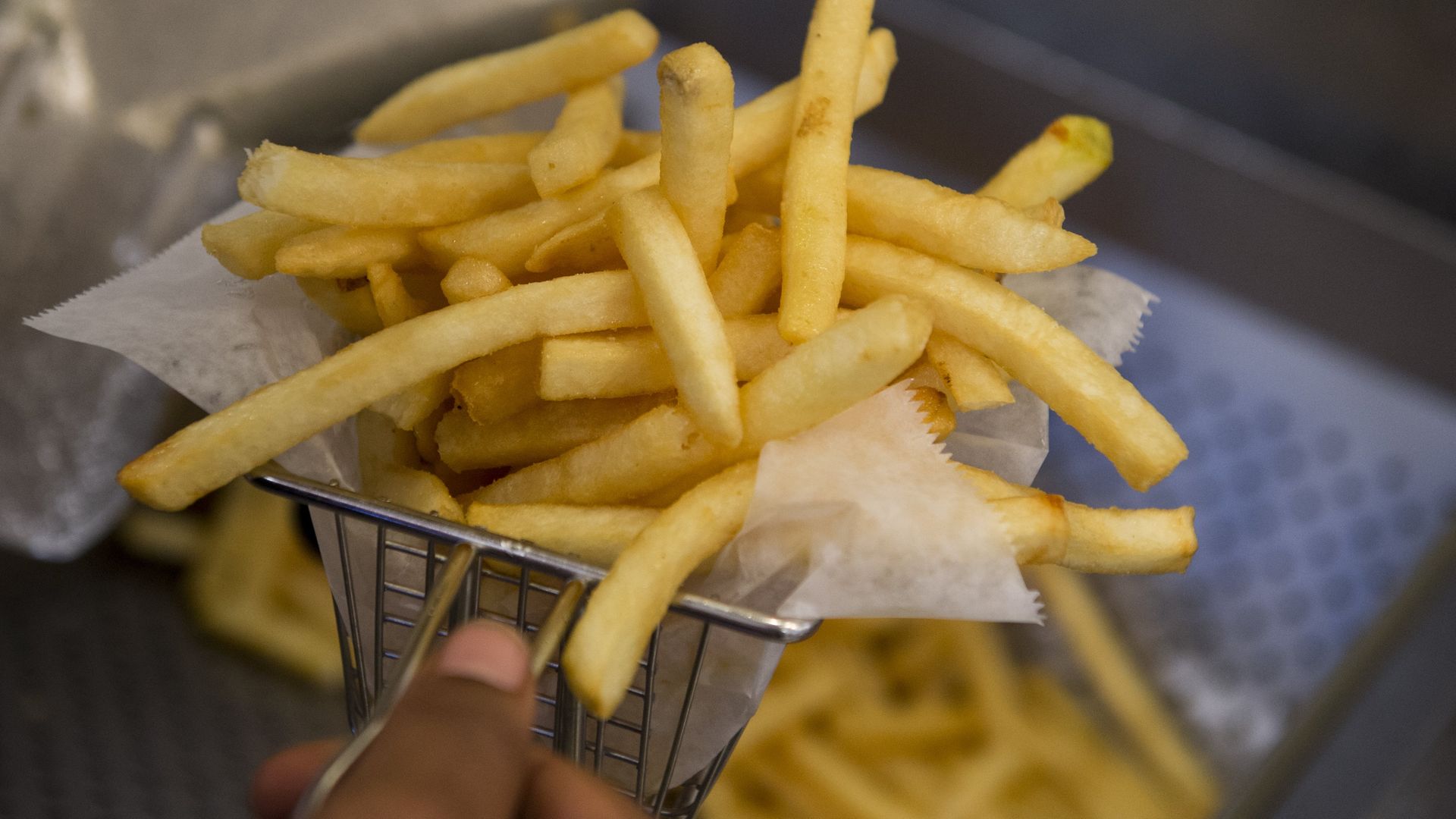
The novelist considers the Japanese appreciation of all that is both imperfect and impermanent in the works of man and nature
One of them is about twelve inches by eight, is entirely covered by a patina that ranges from light tan to black, and has a bottom dimpled and hummocked by having been bashed repeatedly on the kitchen worktop, by me, during one of my less emotionally continent moments. The second is approximately ten inches in diameter, has a handle held in place by a Phillips screw, and a surface so scraped by steel spatula it looks like an attempt to engrave the very primal chaos itself.
But it’s the third I have the greatest affection for: also ten inches in diameter, and perhaps five deep, its interior surface is lustreless aluminium with a top two-inch rim of some stygian and oily deposit – the same carbonised goo completely covers the vessel’s exterior and wads up the convexities of its wonky handle, such that it resembles an artefact rescued from the midden of some long-gone civilisation.
I refer, in reverse order, to my chip pan, one of my frying ones and my baking tray. My younger sons, who are still living with me à cause de la crise, are particularly incensed when I refer to “the white frying pan”, observing forcefully that while a small pale patch is still discernible, this is only the bull’s eye of a greasy and grimy corona. They claim that all three repel them – and have even threatened to buy replacements; yet as night succeeds day, I find them seated and ready to eat meals that I’ve cooked in these pans.
The explanation could be ambivalence as much as greed and avarice. Both are keen students of East Asian culture – the elder more attuned to China, the younger Japan. It was he, who in discussing the strangely beautiful black greasy veneer on the chip pan, drew my attention to the Japanese aesthetic principle of wabi-sabi: that appreciation of all that is both imperfect and impermanent in the works of man and nature.
Sometimes seen in counterpoint to the Western ideal of eternal and symmetric beauty that bodies forth from Classical Greece, wabi-sabi can be found in many aspects of traditional Japanese ritual and art, from the sere and shrunken trunks of bonsai trees, to the cracked glazes and asymmetrical forms of the vessels used in tea ceremonies.
Underscoring wabi-sabi is a deep, Buddhist and Taoist inspired ethic that positions the rustic and isolated (wabi), in counterpoint to the rough and the withered aspect of materials (sabi). Transliterated into material artefacts this becomes the apparent opposition between their imperfect fabrication (wabi), and their inevitable unreliability (sabi).
To find beauty in such phenomena is – at another remove – to also experience that intense wistfulness so integral to Japanese representations of individual consciousness known as mono no aware, or ‘the pathos of things’. For Japanese people in the modern era, an appreciation not only that things pass, but that all things must pass as a condition of life, becomes a stabilising counterweight to technological and social imbalance.
In the West there’s no real equivalent. True, a bibliophile pervs on foxed frontispieces and every antiquarian finds the evidence of ageing in their favourite things to be estimable – but it’s an epitaph of an emotion, and immediately precedes a cash estimate.
Walter Benjamin, the great cultural critic, pointed out that collecting old things has at least this virtue: it removes them from the mystifying and alienating realm of commodities, by rendering their exchange value irrelevant. However, this only remained the case until a large market was established precisely in old things.
This has long since come to pass – and it’s such a large market that it has enormous sub-sections concerned with rendering even mass-produced objects ‘collectable’. That a higher price is obtainable for such things if they appear pristine, and a still higher one if they remain in their original packaging, can be seen as a thoroughgoing inversion of wabi-sabi; for what’s being celebrated here is the triumph of the material – its putative transcendence of the puny world of human frailty.
The figure that epitomises this development in our already rampant consumer capitalism is the evil collector in Toy Story 2, who covets the vigorously ‘pre-loved’ (but now abandoned) Woody doll. The collector carefully restores the little cowboy to its original state with a view not to enjoying this transcendent box-fresh perfection, but flogging it off to another obsessive in – you guessed it – Japan.
The Japanese are quite as avid consumers as any in the West, notwithstanding their traditions. They too, I suspect, will be seeking to spend their way out of the recession that will follow the pandemic as night follows day. And surely, I too can see that a rapt contemplation of a greasy old chip pan isn’t going to create jobs and generate the economic activity required to keep the show on the road.
The Daodejing famously and vatically states: “Heaven and earth are not benevolent / They treat the myriad things as a straw dog.” Straw dogs being used in lieu of real ones on funeral pyres.
Contemporary sacrifices take the form of plastic dogs – while the burning corpse is that of civilisation itself.
What do you think? Have your say on this and more by emailing letters@theneweuropean.co.uk










